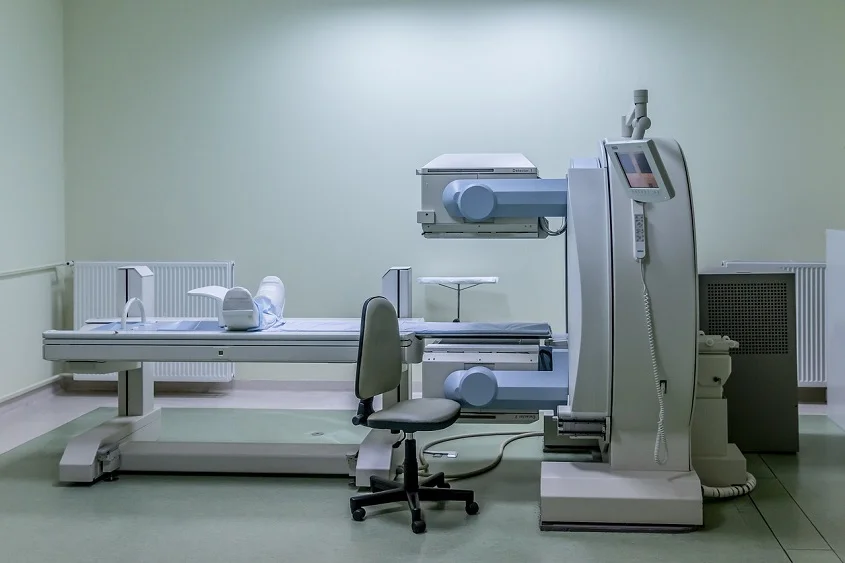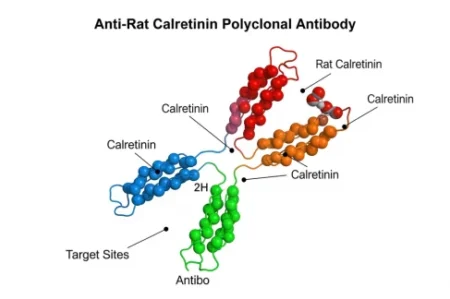Alzheimer’s disease is a progressive neurodegenerative disorder that affects more than 5 million Americans, with that number expected to nearly triple by 2050. As the most common form of dementia, it causes a decline in cognitive function that can severely impact memory, thinking, and behavior. With such a profound impact on individuals and their families, the quest for early detection methods is vital. Magnetic resonance imaging (MRI) has emerged as a powerful diagnostic tool in the medical field. In Salt Lake City and across the nation, MRI technology is playing an increasingly significant role in the detection of various health issues, including neurological conditions. Can MRI in Salt Lake City detect an early onset of Alzheimer’s? This article will explore the capabilities of MRI in the context of Alzheimer’s disease, its role in early detection, and the implications for patients and the healthcare system.
How MRI Works
MRI uses magnetic fields and radio waves to create detailed images of the body’s internal structures, particularly the brain. Unlike X-rays or computed tomography (CT) scans, which use radiation, MRI is a non-invasive procedure that provides a clearer view of the soft tissues. This is particularly important when examining the brain, as it allows doctors to distinguish between gray matter, white matter, and the fluid-filled spaces that make up the cerebrospinal fluid. MRI machines are capable of capturing both structural and functional images, which can reveal changes in brain tissue and activity patterns associated with Alzheimer’s disease.
MRI and Early Alzheimer’s Detection
The ability of MRI to detect early-stage Alzheimer’s is a significant advancement in medical diagnostics. Traditionally, diagnosis has relied heavily on cognitive testing and the presence of symptoms, which often manifest in the later stages of the disease. However, MRI can identify certain biomarkers that signal the presence of Alzheimer’s pathology before symptoms become apparent. These biomarkers include:
- Amyloid Plaques and Tau Tangles: These protein deposits are hallmarks of Alzheimer’s. While standard MRI cannot directly visualize these, advanced MRI techniques like positron emission tomography (PET) combined with MRI can detect them.
- Atrophy of the Hippocampus: The hippocampus is a region of the brain critical for memory formation and retrieval. Early-onset Alzheimer’s is often accompanied by a reduction in the size of the hippocampus, which can be detected with structural MRI.
- Changes in Brain Volume: MRI can measure the overall volume of the brain and detect subtle changes that occur in the early stages of the disease.
- White Matter Integrity: As Alzheimer’s progresses, it can damage the white matter that facilitates communication between brain regions. Diffusion tensor imaging (DTI), a type of MRI, can assess this damage.
- Resting-state Functional Connectivity: Functional MRI (fMRI) can detect altered patterns of brain activity, which can serve as an early indicator of cognitive decline.
Role of MRI in Salt Lake City
Salt Lake City, with its robust medical infrastructure and cutting-edge technology, is at the forefront of MRI research and diagnostic services. The University of Utah, a leading institution in the field of Alzheimer’s research, uses MRI to study the disease and develop new methods for early detection. For instance, the Center for Alzheimer’s Care, Imaging, and Research (CACIR) employs MRI to track brain changes in patients with mild cognitive impairment and to differentiate between Alzheimer’s and other forms of dementia.
Local neurologists and radiologists in Salt Lake City are also integrating MRI into their diagnostic protocols for patients with suspected cognitive decline. By offering MRI scans as part of a comprehensive evaluation, they can provide patients and their families with critical information about the progression of the disease and potential treatment options.
Implications for Patients and Healthcare
Early detection of Alzheimer’s through MRI has several key implications for patients and the healthcare system:
- Timely Intervention: Detecting the disease in its early stages can lead to earlier intervention with medications and lifestyle changes that may slow the progression of symptoms.
- Improved Quality of Life: With a diagnosis, patients and their families can better plan for the future and access support services to improve the quality of life.
- Clinical Trials: Early detection can make patients eligible for clinical trials testing new treatments and therapies, which could potentially modify the disease’s course.
- Reduced Healthcare Costs: By identifying Alzheimer’s sooner, healthcare providers can implement strategies to delay institutional care, thereby reducing long-term healthcare costs.
- Research and Development: The data from MRI scans contribute to ongoing research into the disease’s progression and the development of more effective treatments and preventative measures.
Limitations and Future Advancements
While MRI is a valuable tool for detecting early-stage Alzheimer’s, it has its limitations. Not all patients with the disease will show clear biomarkers in the initial stages, and the presence of these biomarkers does not guarantee that the disease will progress. Additionally, MRI can be expensive and may not be covered by all insurance providers for diagnostic purposes.
Researchers in Salt Lake City and around the world are working to refine MRI technology and develop new biomarkers that can improve the accuracy of early detection. Machine learning algorithms are being trained to analyze MRI data and identify patterns that may indicate the onset of Alzheimer’s. Furthermore, the integration of MRI with other diagnostic tools, such as PET scans and cerebrospinal fluid analysis, can provide a more comprehensive understanding of the disease’s progression.
MRI has shown remarkable potential in detecting early-onset Alzheimer’s, offering hope for earlier interventions and better patient outcomes. The advanced capabilities of MRI in Salt Lake City and beyond are enhancing diagnostic accuracy and contributing to the growing body of knowledge surrounding this complex disease. As technology and research continue to advance, MRI is likely to play an increasingly critical role in the fight against Alzheimer’s. While there is currently no cure for the disease, early detection can lead to more effective management strategies, improved patient care, and a clearer path toward developing treatments that could one day halt or reverse its progression. The continued investment in MRI technology and its application in neurological research will undoubtedly benefit those affected by Alzheimer’s and their loved ones.







